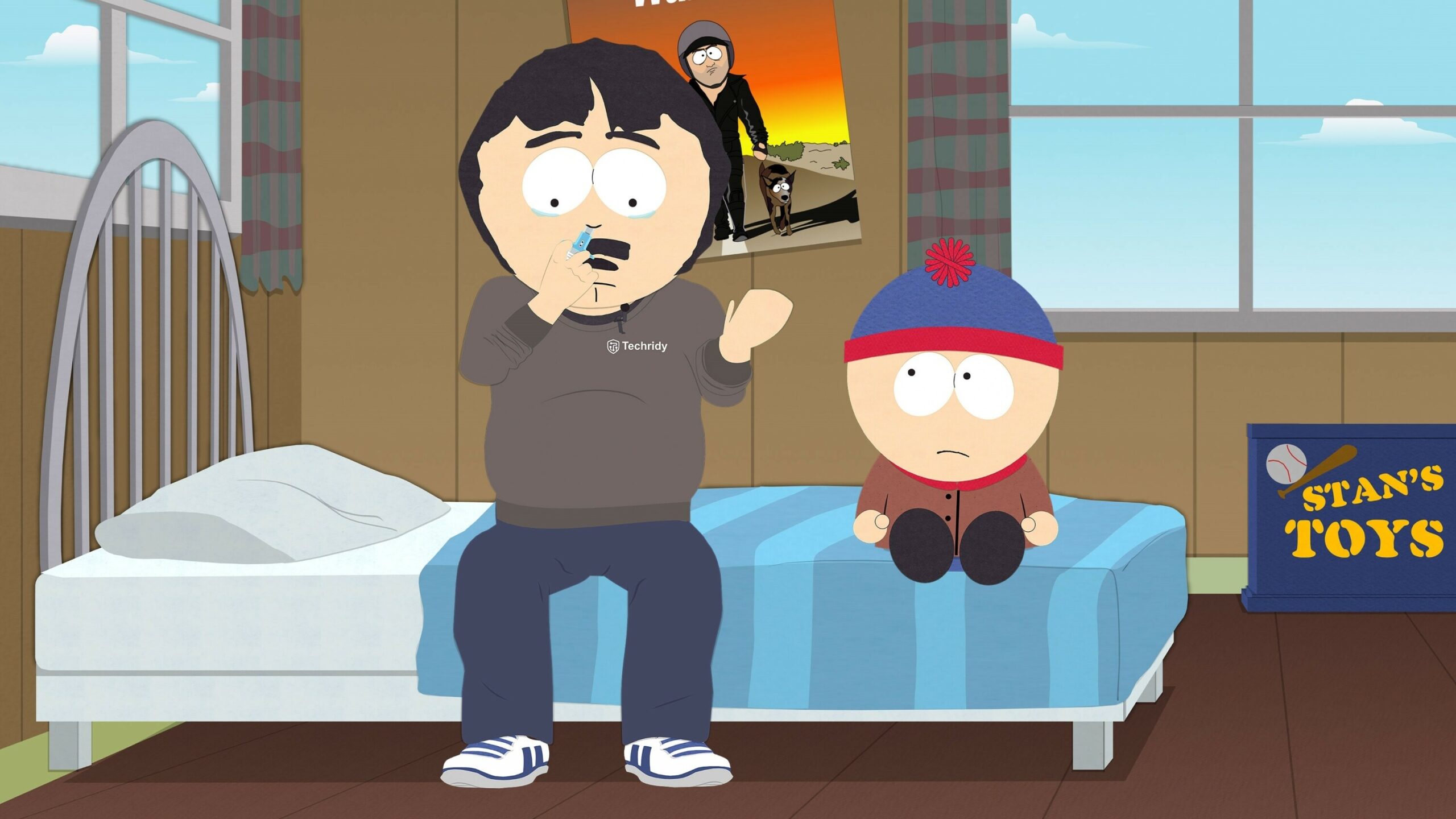
For more than twenty-five years, South Park has been one of the most consistent and reliable shows on television. Since its debut in 1997, the animated comedy created by Trey Parker and Matt Stone has built a reputation for quick turnaround episodes that react to cultural events almost in real time. Fans have grown used to new installments arriving right on schedule, often with biting commentary on whatever is happening in the news cycle. That is why, whenever there is a delay in the release of a new South Park episode, it sparks immediate attention and questions from viewers.
The most recent delay became a topic of conversation across social media and fan forums. Normally, Comedy Central and now the streaming platform associated with the series announce premiere dates well in advance. Yet in this case, the date was pushed back unexpectedly, leaving audiences speculating about the reasons. For a show famous for its speed and precision, a sudden pause can feel unusual. Understanding why this happens requires looking at both the production process and the external challenges that can affect the show.
A Show Known for Fast Turnaround
What makes South Park unique in the television industry is the way episodes are produced. Unlike most animated series, which often take six months to a year to complete a single installment, South Park typically completes an episode in just six days. Trey Parker and Matt Stone have long explained that this rapid process allows them to stay relevant and create humor that feels timely. Viewers can watch a new episode on Wednesday night that references events from just the weekend before.
However, this intense production schedule is also fragile. With such little time between writing, animating, voicing, and editing, even a small disruption can cause major issues. A power outage at the studio, a technical breakdown, or even illness among the core creative team could easily force a delay. This has happened before. In fact, one of the most famous delays occurred in 2013 when a power failure at South Park Studios in Los Angeles prevented the team from delivering the episode on time. It was the first time in the show’s history that they completely missed an air date.
Why Delays Happen
In the most recent case, there are several likely reasons the episode was pushed back. One of the most common factors is scheduling conflicts with the network or streaming partner. If there is a larger programming event, such as a major sports broadcast or an award show, networks sometimes choose to delay a new episode to avoid losing ratings.
Another possibility is creative adjustments. Parker and Stone are known for making last-minute changes to ensure the jokes land and the story feels sharp. They have even admitted to rewriting entire scenes hours before broadcast. If an episode is not up to their standards, they might prefer to delay rather than release something unfinished.
The entertainment industry has also been dealing with wider disruptions in recent years. The pandemic forced many productions to rethink schedules, adopt remote workflows, and sometimes postpone releases altogether. Even as conditions improved, supply chain issues and staffing shortages continued to affect studios. For an operation as tightly wound as South Park, any of these challenges could cause a temporary pause.
Fan Reaction
The fan community responded to the delay with a mixture of disappointment and humor. Some joked online that Trey Parker and Matt Stone themselves might have been distracted by video games or new business ventures, while others simply expressed impatience for the next episode. Because the creators have built such a strong reputation for consistency, fans generally trust that the delay will be temporary and that the payoff will be worth the wait.
Social media platforms lit up with memes referencing the wait, echoing the same kind of self-aware humor that South Park often uses in its own storytelling. Some fans even speculated that the delay itself might become the subject of an episode, since the show has never shied away from turning its own behind-the-scenes challenges into comedy.
The Importance of Timeliness
For South Park, timing is everything. The satire works best when it connects directly to current events. A delay risks making an episode feel slightly less sharp if the cultural conversation has already moved on. Yet, Trey Parker and Matt Stone have proven time and again that their comedic voice is strong enough to overcome these challenges. Even when an episode arrives later than expected, it still manages to capture the absurdity of modern life in a way no other show can.
The delay also highlights just how unusual South Park is compared to other animated series. Most cartoons would never even attempt to deliver episodes so close to real-world events. The fact that the show has done so consistently for decades makes the occasional disruption newsworthy. In some ways, the delay reminds fans of just how difficult the production process really is, and how much effort goes into maintaining the show’s trademark speed.
Looking Ahead
Ultimately, the delayed episode is expected to air with only a short gap, and the long-term schedule of the show remains unchanged. Parker and Stone have signed a landmark deal that ensures new seasons and specials will continue well into the future. That means fans can count on many more years of outrageous humor, biting social commentary, and the occasional surprise delay.
For a series that thrives on unpredictability, even its production schedule sometimes reflects that chaotic energy. While delays may frustrate eager fans, they also serve as a reminder that South Park is a living, breathing work of art created under extraordinary conditions. When the new episode finally arrives, the anticipation only adds to the impact.
In the end, a short delay is a small price to pay for a show that continues to push boundaries and deliver some of the sharpest satire on television. If anything, the wait reinforces just how much viewers value South Park and its unique place in the cultural landscape.





